Photographs: Reuters Arvind Subramanian
India may, in the absence of significant supply-enhancing reform, have to get used to lower rates of growth -- of six or seven per cent -- as the norm, writes Arvind Subramanian.
The nine per cent growth of United Progressive Alliance-I was an aberration.
But voters will still judge this government by that standard.
In 2004, before India's growth surge towards Chinese levels became evident, Dani Rodrik of Harvard University and I wrote in the Economic and Political Weekly that India's potential growth was 'at least 7 per cent'.
The outcome over the next few years was a pleasant surprise, but also a mild rebuke of our analysis.
Not only did actual growth surpass our projection, it was achieved much sooner than our 'medium-term' horizon -- which was evasive econo-speak for 'not immediately, but sometime in the future'.
. . .
What is India's real growth potential?
Image: Congress President Sonia Gandhi and Prime Minister Manmohan Singh.Photographs: Reuters
Now, as economic growth declines from its giddy pre-crisis levels, two questions arise.
First, what is India's true growth potential: today's rate of close to seven per cent, as we had suggested, or the pre-global crisis rate of nine per cent?
Second, has this government contributed to a decline in this potential?
Consider each.
Today, analytics and evidence suggest that the nine per cent pre-crisis performance may have been the aberration.
In the comparison across countries, and even allowing for some initial advantage, India's growth performance was inexplicable.
By any measure of market-based reform -- trade opening, privatisation, liberalisation of the financial sector -- and whether reform is measured in terms of levels or changes, India has lagged most developing countries in Africa, Latin America, and perhaps also China.
. . .
What is India's real growth potential?
Image: A container is loaded on a trailer truck at Thar Dry Port in Sanand.Photographs: Amit Dave/Reuters
Yet its growth was nearly twice the average for developing countries outside Asia.
This cross-country comparison also ruled out benign international conditions in the years before the global crisis -- which, after all, benefitted all countries – as an explanation for India's unusually strong performance.
Moreover, the case could be made that each of the factors of production that contribute towards India's supply potential is becoming scarce.
Skilled labour, which has become a source of India's comparative advantage, has been remunerated in double digits for nearly two decades in part because higher education is in too sorry a state to rise to the demands of an economy that is hungry for skills.
Social capital (or governance) has been depleted because of corruption and weak state capacity.
. . .
What is India's real growth potential?
Image: A bank employee counts one hundred dollar notes.Photographs: Jo Yong-Hak/Reuters
Deteriorating governance has, in turn, meant that infrastructure, especially power, has not kept pace with the demands of high growth.
It has also meant that as the locus of corruption shifted to land, prices started skyrocketing, rendering it an increasingly scarce factor of production.
And India's abundant unskilled labour is essentially not part of the equation because a panoply of regulations leads to its chronic underutilisation.
The most telling macroeconomic manifestation of these constraints has been persistently high inflation, the highest amongst emerging markets.
The longer it has persisted, the less convincing micro explanations -- food shortages, rising minimum support prices, employment guarantee schemes -- sound, and the more the finger points at the simpler explanation that, in the aggregate, supply is failing to keep up with rising demand.
. . .
What is India's real growth potential?
Image: RBI headquarters.Photographs: Mumbai
The conclusion is that India may, in the absence of significant supply-enhancing reform, have to get used to lower rates of growth -- of six or seven per cent -- as the norm.
To put it more starkly, the puzzle is not why growth is slowing today, but why growth was high in the first place in the years before the crisis.
This government's fearlessness in keeping the pedal on demand, by increasing social expenditures, maintaining subsidies, and reducing taxes (until the most recent Budget), is well known.
But what role has it played in determining India's supply potential?
One weak compliment that might be paid to this government is that while it may have been unable to resist fiscal populism, it has not reversed the fundamental course of market-based reforms: protectionist trade barriers have not been erected; the state has not taken over more of economic activity (as is alleged in China); the domestic financial sector has not been re-regulated in a way that thwarts efficiency; and, if anything, the economy has been further opened towards foreign capital (in response to the recent decline of the rupee, the Reserve Bank of India has had to re-impose restrictions that hark back to the 1970s, but these are relatively minor).
. . .
What is India's real growth potential?
Image: A Kashmiri shopkeeper makes a garland of Indian currency notes inside his shop in Srinagar.Photographs: Fayaz Kabli/Reuters
What, then, is the complaint?
In the last few years, the Indian economy has become increasingly afflicted by the curse of rents.
There have been terrestrial rents (from the allocation of land), subterranean rents (from the allocation of rights to coal mining and oil and gas exploration) and ethereal rents (from the allocation of spectrum).
The curse has not just been the unfair sharing of the rents between the government and private sector at the expense of the consumer. It has really been the resulting efficiency cost, whereby corruption has impaired the supply capacity of the economy.
Rent-seeking in land has affected the provision of infrastructure. Rent-seeking in coal has affected power generation capacity.
Rent-seeking in spectrum nearly paralysed the process of government itself.
. . .
What is India's real growth potential?
Photographs: Danish Siddiqui/Reuters
The private sector is far from blameless for the surge in rent-seeking, but this government is its root cause because it decides and controls the allocation of scarce resources.
More recently, though, policy-making has taken a new twist.
For reasons still unclear, the government wants to address the epic corruption and venality that it has presided over.
From being cosy with the private sector, policies are issuing forth from the government that smack of hostility to some or large parts of it.
Whether this near volte-face will reduce rent-seeking is unclear, but they seem to be taking a toll on the environment for private investment and risk-taking.
The government seems to be correcting one wrong by committing another.
. . .
What is India's real growth potential?
Photographs: Arko Datta/Reuters
Each of these actions -- whether the retroactive amendment on taxes or the new guidelines for the telecommunications sector -- may have some extenuating rationale, but the overall effect, actual and perceived, is negative.
The plunging rupee is, above all, an expression of deep concern about the impact of these actions on, and hence a downgrading of, India's medium-term growth prospects.
Can this government summon the will to change course?
If current trends continue, this government may well have to go to the polls at a time of decelerating growth and high inflation.
And the likely consequence will be electoral humiliation as long as the Opposition is not in total disarray.
Avoiding political extinction should be the spur for action for this government.
The writer is a senior fellow at the Peterson Institute for International Economics and Centre for Global Development, Washington


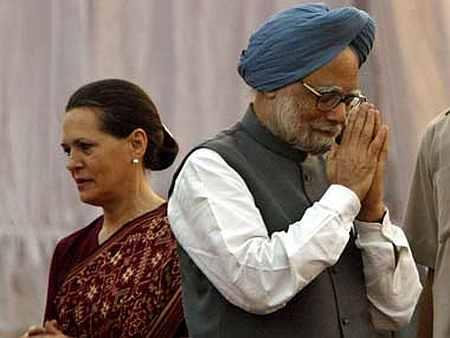
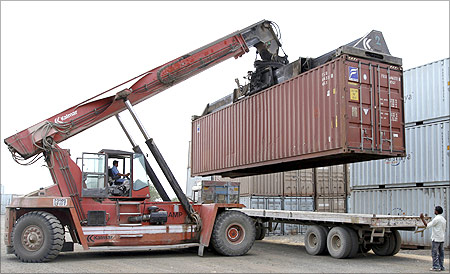
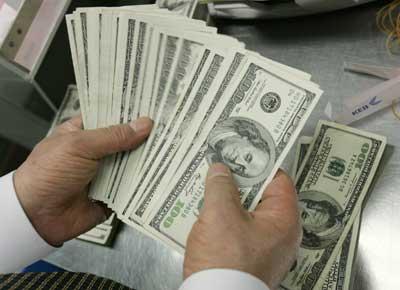
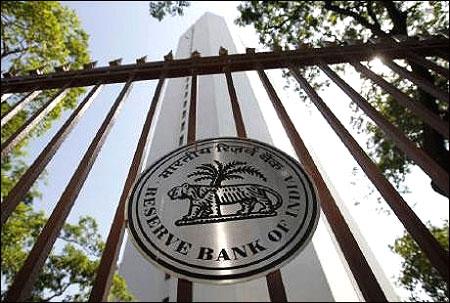
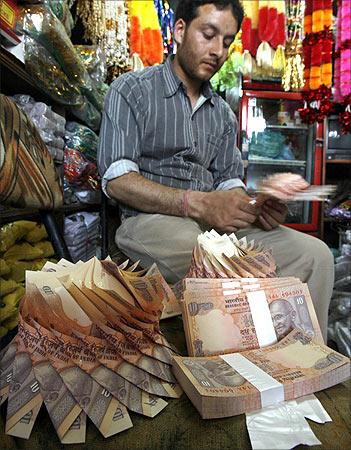
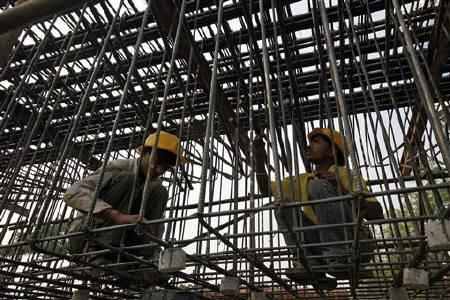


article